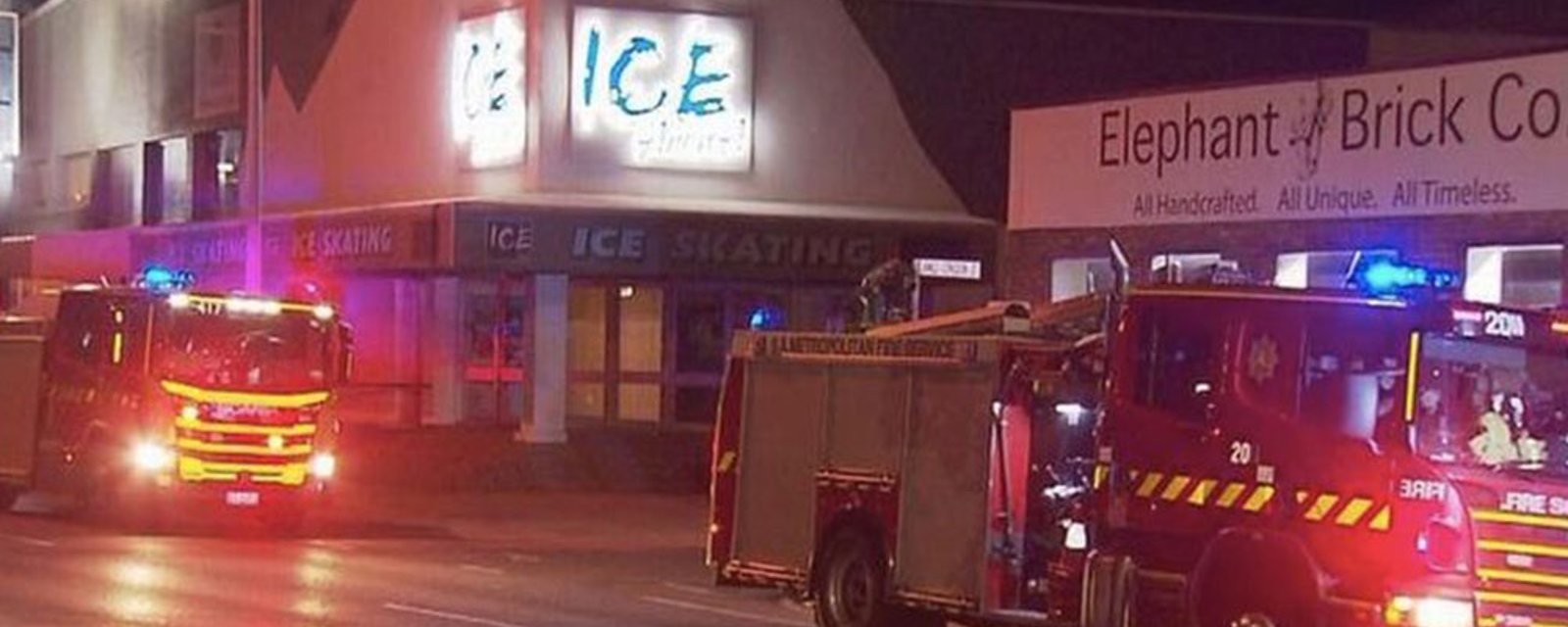
Nearly 40 people rushed to hospital after mass poisoning at local ice rink
Whoa! Scary stuff here!
HockeyFeed
A deadly carbon monoxide outbreak at an Melbourne, Australia ice rink forced 38 people to be rushed to hospital with fears of fatal poisoning. No reports of fatalities yet, but all 38 people are being treated in hospital.
More from The Daily Star:
The Barton Ice Arena in Melbourne, Australia, was holding host to a women's ice hockey game when 16 members of the Melbourne-based team ended up being rushed to the Royal Adelaide Hospital with severe poisoning from the gas.
Two other women were also admitted to hospital after showing symptoms of poisoning with the decision then made by the hospital to urgently send fire crews to the ice rink.
After several tests were carried out it was discovered that high levels of carbon monoxide and lower levels of hydrogen cyanide were present. Despite the usual severe effects of carbon monoxide, luckily this time it was found that exposure to the substance was low.
- The Daily Star
The state Chief Health Officer Nicola Spurrier said: "Typically you get a headache, but you also might feel tired and dizzy, and sometimes a bit nauseous. When it gets into your blood system it attaches to your haemoglobin, it pushes off oxygen so it means it's not easy for the body to carry oxygen around."
Meanwhile, the Metropolitan Fire Service believes the leak may have been caused by an ice resurfacing machine that uses an internal combustion engine. And since the incident Arena Manager RIchard Laidlaw confirmed that the machine is now out of use.
Personally, I've heard of these kinds of leaks in the past at rinks around my native Canada, but this is the largest mass poisoning that I've ever heard of. Just last year a faulty Zamboni was blamed for carbon monoxide poisoning that harmed several people participating in a youth hockey tournament in Saskatchewan. Again, thankfully no fatalities were reported as a result of the poisoning.
This all just goes to show the importance of having functioning carbon monoxide detectors in every arena facility, though. Remember that carbon monoxide is odorless, so it cannot be smelled like other potentially harmful gasses.

- Jonathan Larivee
Ryan Reaves receives multi-game suspension from NHL Player Safety.
- NHL News
- 2 minutes read

- Jonathan Larivee
NHL Player Safety makes early announcement regarding Ryan Reaves.
- NHL News
- 2 minutes read

- Jonathan Larivee
Ryan Reaves ejected after destroying Darnell Nurse.
- NHL News
- 2 minutes read
